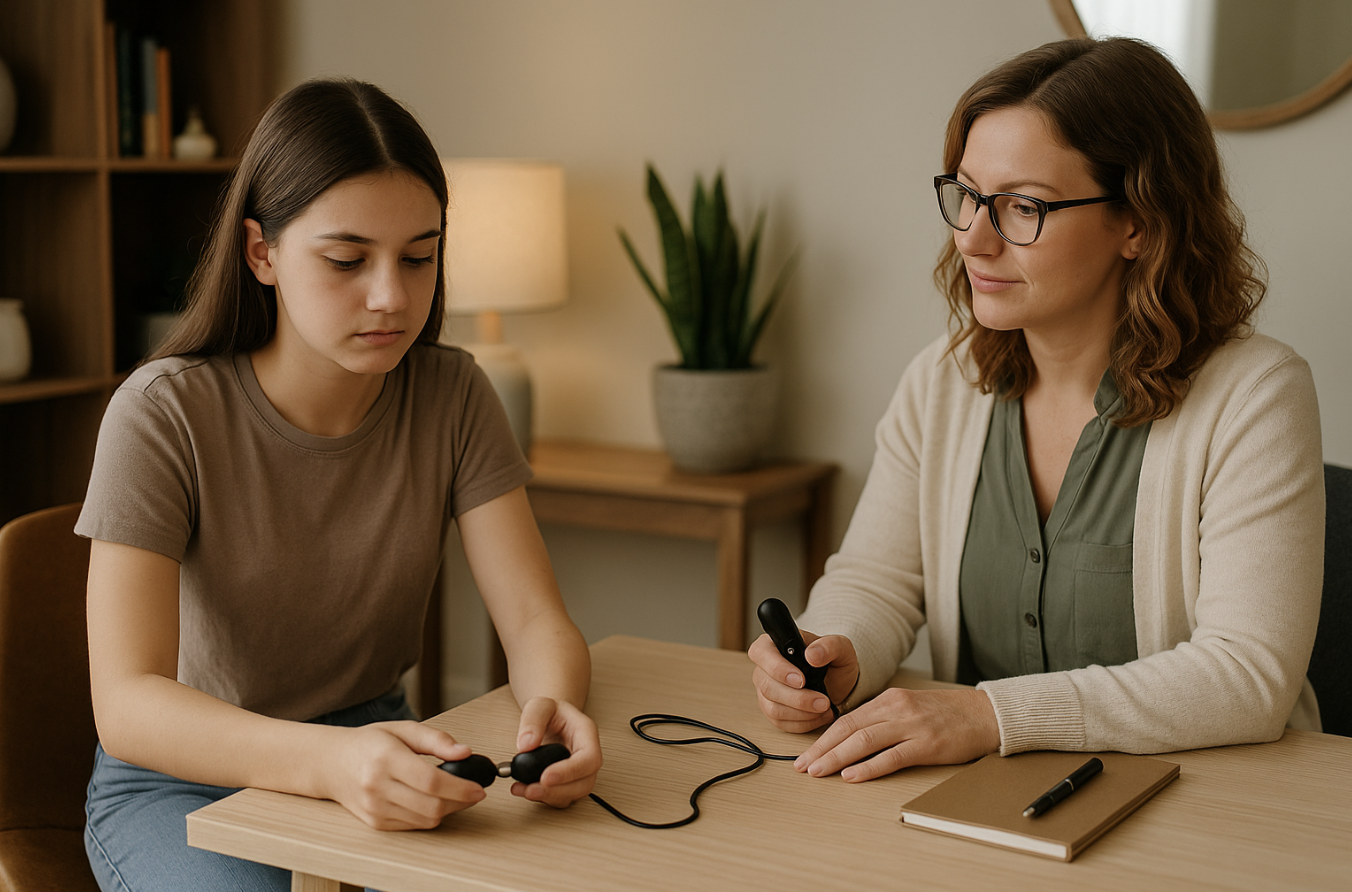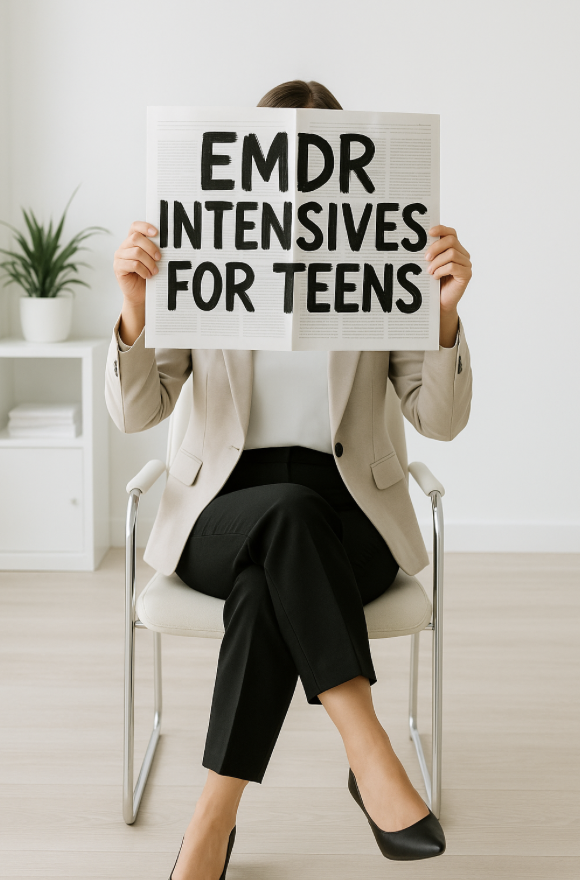Ways Therapy Intensives Can Support Individuals + Relationships
Why EMDR Therapy Intensives work for Teens with Anxiety and ADHD
When most people think of therapy intensives, they picture a last-resort option—something you do in crisis or after months of trying traditional therapy.
Whether your teen is struggling with anxiety, ADHD, or low self-esteem—or you’re a parent looking to reconnect and rebuild trust with your child—therapy intensives offer focused, accelerated emotional healing that meets you where you are.
Therapy intensives can support both individual growth and relationship repair—and is a game-changer for families seeking meaningful progress in less time.
Therapy Intensives for Individual Growth
For teens struggling with anxiety, ADHD, or trauma-related symptoms, it can be hard to feel like weekly therapy sessions are enough. Each week often involves catching up, reestablishing connection, and starting and stopping emotional processing—all within 50 minutes.
Therapy intensives eliminate that stop-start cycle.
In an intensive, we have uninterrupted time to focus on the root of the issue. That could mean addressing core beliefs around not being “good enough,” unprocessed fear from a past experience, or the exhausting cycle of perfectionism and burnout.
Using EMDR therapy for teens, we help reprocess painful memories, shift negative thought patterns, and teach real-time regulation skills. This allows teens to leave sessions not just feeling heard—but changed.
This format is especially effective for:
Teens with anxiety and panic attacks
Highly sensitive or emotionally avoidant teens
Teens with ADHD who benefit from extended, focused support
Individuals struggling with low self-esteem or self-worth
Not Just for Crisis
Therapy intensives aren’t only for emergencies.
We work with families who choose intensives not because something is “wrong,” but because they want to:
Go deeper than weekly therapy allows
Kickstart their therapy journey
Work around busy school, sports, and extracurricular schedules
Build momentum and confidence fast
Sometimes, the best time to do an intensive is before things get worse. It’s a proactive choice that helps individuals and families move forward with intention.
EMDR Therapy Session Example
Wondering what an intensive looks like? Here’s a breakdown of a typical EMDR therapy session as part of an intensive:
Step 1: Intake Session
We start with a thorough intake where we gather background information, explore current symptoms, and clarify goals. This is done virtually or in-person prior to the intensive.
Step 2: Customized Workbook
Your teen receives a personalized workbook with reflection prompts and calming tools to prepare for the intensive. It’s designed to help them feel confident and grounded.
Step 3: 2-Hour Therapy Intensive
In our extended session, we use EMDR therapy for kids with anxiety or EMDR therapy for kids with ADHD to address core triggers. We’ll use age-appropriate techniques and somatic tools to help regulate the nervous system and reprocess unhelpful memories or beliefs.
Step 4: Follow-Up Appointment
A week or two later, we check in to review progress, answer questions, and provide additional resources or next steps.
This format gives teens a chance to experience deep, focused work—without the pressure of weekly therapy.
Is a Therapy Intensive Is Right for Your Family?
Whether you’re hoping to gain personal clarity or rebuild a relationship, a therapy intensive might be the exact support you’ve been looking for. With focused time, customized tools, and expert guidance, it’s possible to make meaningful progress in just one session or weekend.
👉 Schedule a consultation today to learn more about how therapy intensives can help you or your teen heal.
![BOHO Beauty [Template] (Copy)](http://images.squarespace-cdn.com/content/v1/67abf80c5306ff1eee619e9a/d3e79aca-9626-4b48-8dc3-cd439fd8c6fd/Therapy.png?format=1500w)


